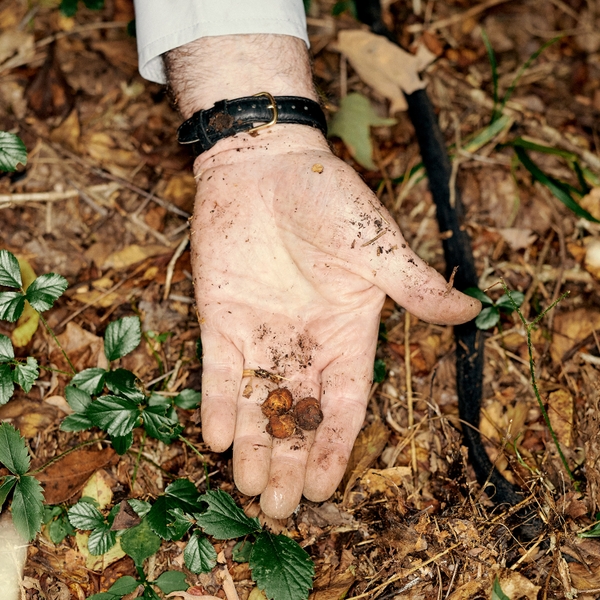America’s Next Food Craze Is Buried in Appalachia
All over America’s ancient eastern mountains, there’s an organism that lives underground, tethered to tree roots, waiting to be hunted. It’s among the world’s rarest and most expensive foods, and it grows in a wide range of conditions. But there’s only one guy in the country who really knows how to find it. Rowan Jacobsen joins him in the search for the Appalachian truffle.
New perk: Easily find new routes and hidden gems, upcoming running events, and more near you. Your weekly Local Running Newsletter has everything you need to lace up! .
Too early on a Saturday, high in the hills of Appalachia, Ben Kable and I creep along a mountain road in his SUV, eyeing the passing evergreens like burglars casing a neighborhood. Kable eases to a stop beside a stand of stubby conifers, their roots gripping the roadside gravel like mossy fingers. “This looks like a good spot,” he says. “Let’s take a quick peek.”
We stop the car, and Kable opens the back to free his Rottweiler, Daisy. He makes a clicking sound with his mouth. “Go get ’em, Daisy.” She charges into the trees, giving the base of each trunk a cursory sniff.
Kable keeps one eye on his dog while he pulls a pH meter from a pouch, sinks the long metal stick into the ground, and consults the display. “It’s 7.5. Pretty good.”
A 7.5 pH means the soil is “sweet,” full of calcium and phosphorus from the limestone used to build the road. That’s what we’re looking for, because our quarry lives underground and eats these chemical elements for breakfast.
The Appalachian truffle, Tuber canaliculatum, is a one-ounce ball of delight that could be the next culinary star, yet it’s virtually unknown. I’m here to figure out why. For years I’ve been chasing truffle hunters across half a dozen European countries as I research a book. The prize—extraordinarily pungent orbs of fungus that grow tethered to tree roots, with which they share nutrients—are a billion-dollar business there, where diners pay upward of $6,000 per pound. Every year, tens of thousands of hunters scour the forests, using trained dogs to sniff truffles out underground. The continent’s famous white variety grows almost exclusively in the wild forests of Italy and Eastern Europe, and the great black strain flourishes on farms in Spain and France. North America has always been left out of the smelly fun. I had assumed this was because there are no comparable truffles to be found here.
Then, three years ago, I learned about T. can, as its handful of aficionados call it. The truffle has been found in Michigan and Massachusetts, but the Appalachians seemed to be a hot spot. There were rumors that it was delicious, but all the reports seemed to be thirdhand. I was intrigued but skeptical.
After much searching, I finally managed to get my hands on a T. can sample during a visit to Québec two years ago, and I was skeptical no more. It smelled like a hazelnut torte that had taken a tumble in the moss with a wood nymph. It was the prettiest piece of fungus I’d ever seen, wrapped in a jewel-like burgundy coat. As I shaved it over linguine, waves of cocoa, clove cigarettes, and sweaty spice billowed up, as seductive as anything I’d encountered in Europe. I thought: Has one of the world’s greatest wild ingredients been sitting in our backyard all along, waiting for someone to notice?
Insane, but not improbable. You don’t just stumble across a truffle. You can walk right over one without knowing it’s there. You need a dog. And not just any dog—preferably a Lagotto Romagnolo, a poodlesque hunting machine of Italian heritage, bred for centuries for no other purpose.
Daisy isn’t that, but she is one of a very few specially trained dogs in the country, and one of only a small number of them to ever find an Appalachian truffle, which is why I’m tingling with anticipation as Kable packs up the pH meter and we follow her into the Christmas-scented woods.















